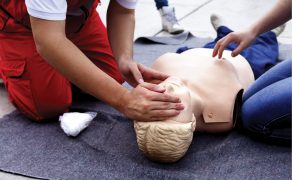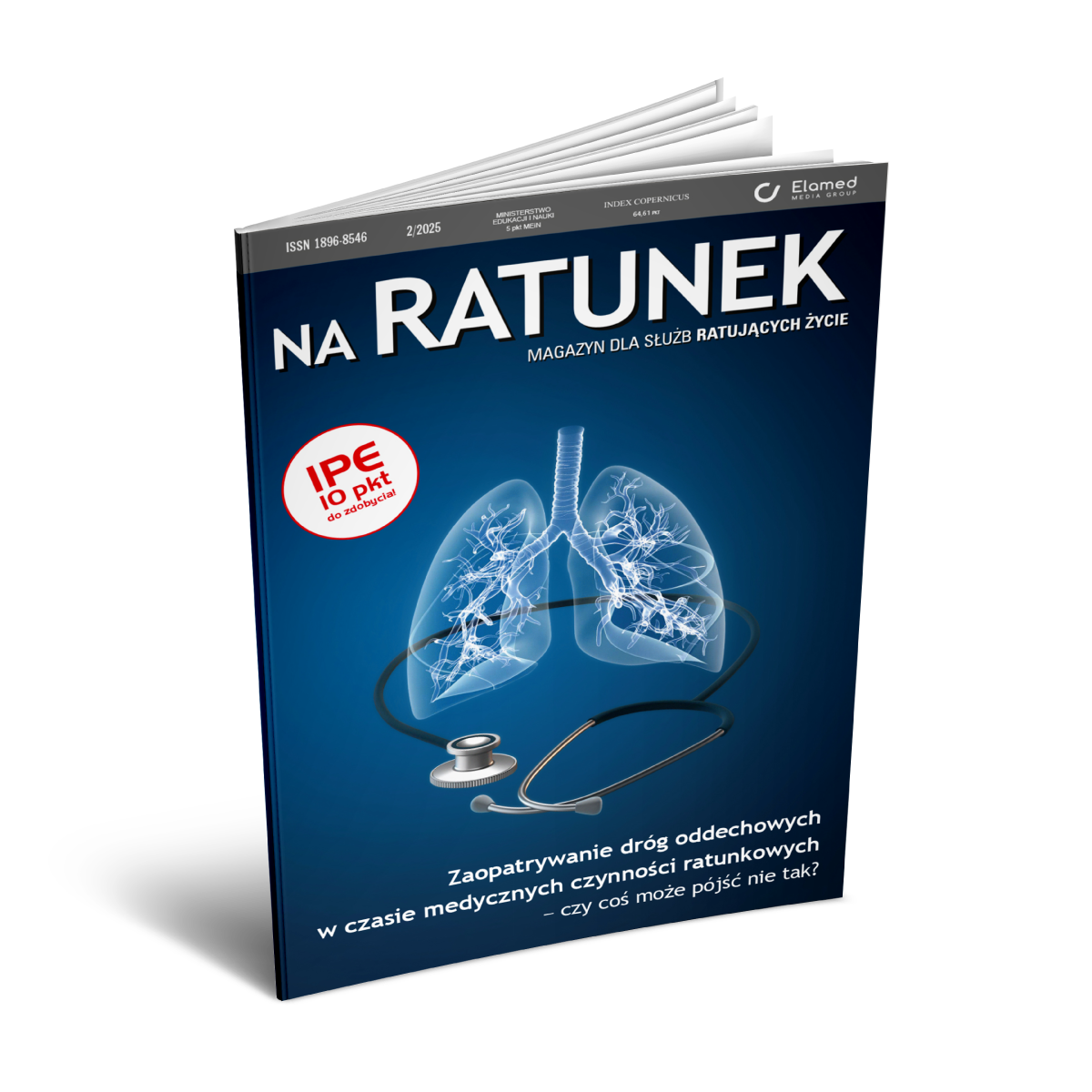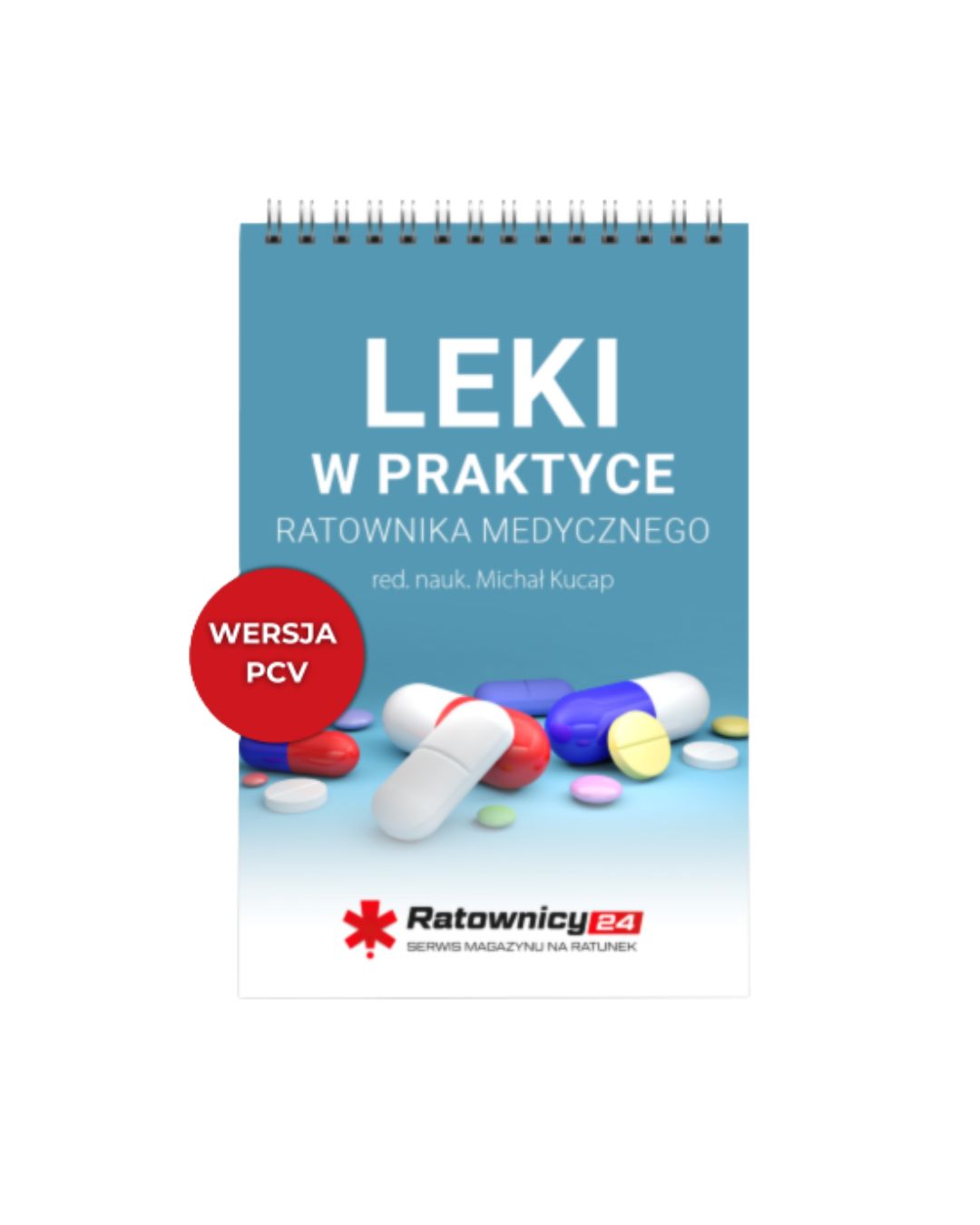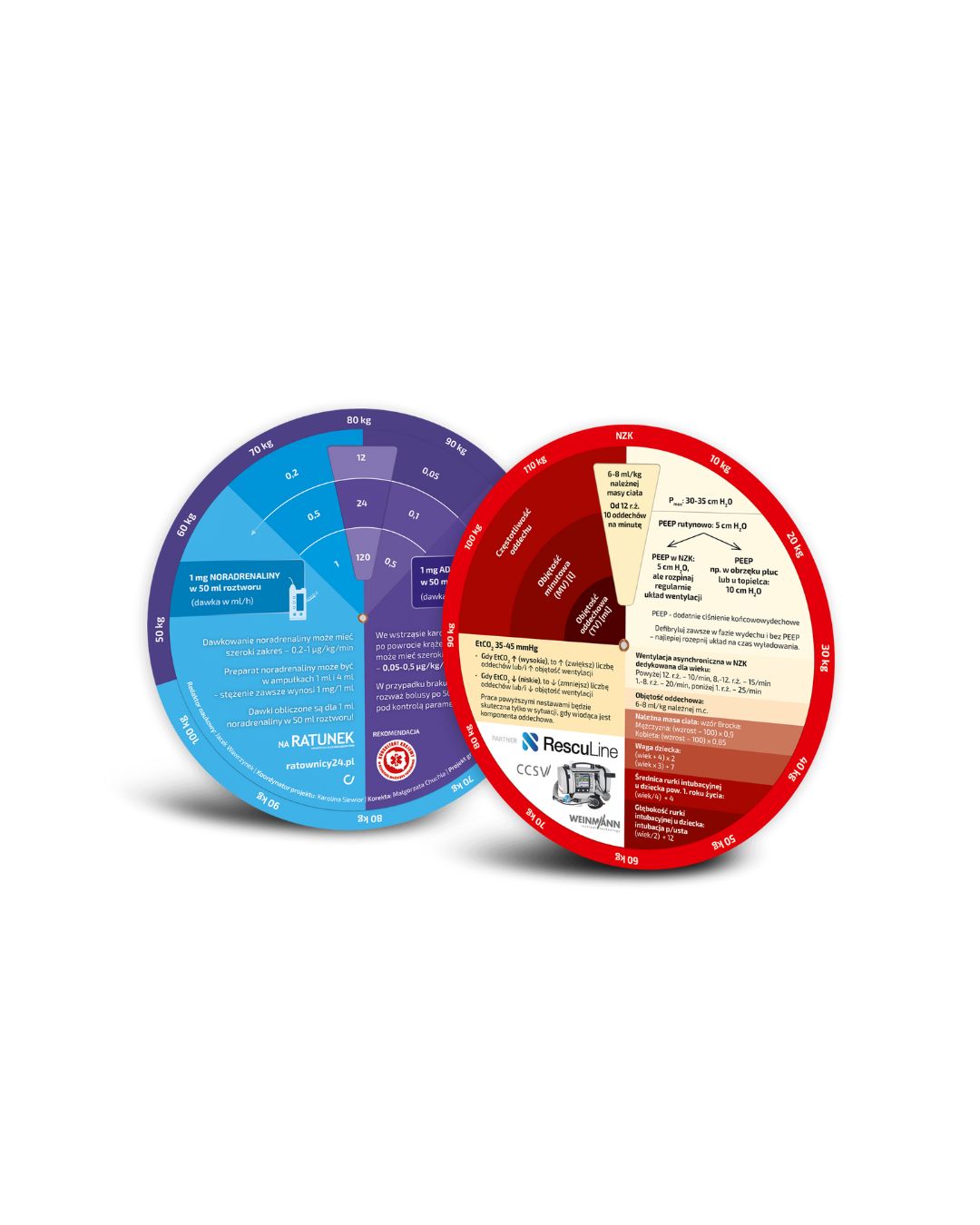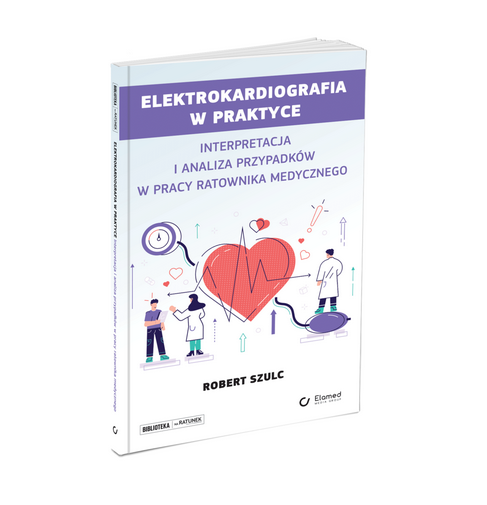Obrzęk mózgu – pacjent ze zwiększonym ciśnieniem wewnątrzczaszkowym
Piśmiennictwo
1.Winkler E.A., Minter D., Yue J.K., Manley G.T.: Cerebral Edema in Traumatic Brain Injury: Pathophysiology and Prospective Therapeutic Targets. „Neurosurg Clin N Am”, 2016, 27, 4, 473-88.
2.Carney N., Totten A.M., O’Reilly C.: Guidelines for the Management of Severe Traumatic Brain Injury, Fourth Edition. „Neurosurgery”, 2017, 1, 80, 1, 6-15.
3.Adukauskiene D., Bivainyte A., Radaviciūte E.: Cerebral edema and its treatment. „Medicina”, 2007, 43, 2, 170-6.
4.Kloner R.A., King K.S., Harrington M.G.: No-reflow phenomenon in the heart and brain. „Am J Physiol Heart Circ Physiol.”, 2018, 1, 315, 3.
5.Prabhakar H., Sandhu K., Bhagat H., Durga P., Chawla R.: Current concepts of optimal cerebral perfusion pressure in traumatic brain injury. „J Anaesthesiol Clin Pharmacol.”, 2014, 30, 3, 318-27.
6.Wilson M.H.: Monro-Kellie 2.0: The dynamic vascular and venous pathophysiological components of intracranial pressure. „J Cereb Blood Flow Metab.”, 2016, 36, 8, 1338-1350.
7.Durward Q.J., Amacher A.L., Del Maestro R.F., Sibbald W.J.: Cerebral and cardiovascular responses to changes in head elevation in patients [...]
którzy są subskrybentami naszego portalu.
i ciesz się dostępem do bazy merytorycznej wiedzy!






